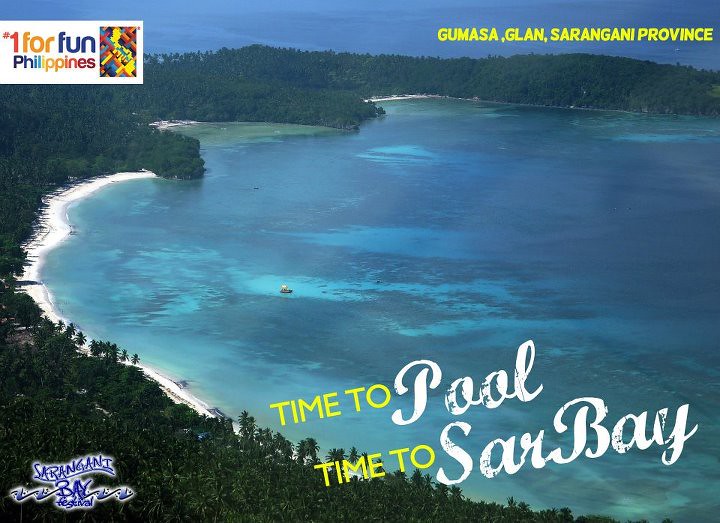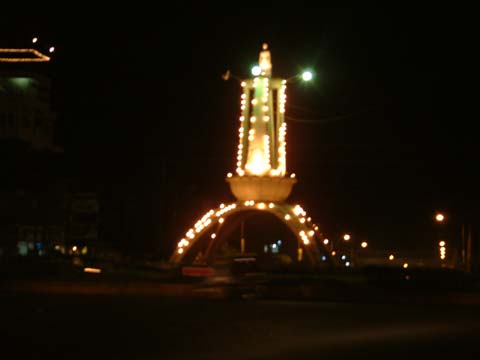Sarangani is part of the South Cotabato-Sultan Kudarat-Sarangani-Gen. Santos City (Soccsksargen) development cluster, and is linked by paved roads to the international airport and world-class fish port of Gen. Santos City. Good roads and regular flights through Gen. Santos City allow the province easy access to Manila, Cebu, Davao City, as well as the rest of the Soccsksargen areas. Gen. Santos City’s airport has one of the country’s longest runways.
The province is situated as the country’s major gateway to the Brunei-Indonesia-Malaysia-the Philippines - East Asean Growth Area. With its proximity to its regional counterparts, Sarangani is in a unique position to marshal its resources, entice tourists and investors, and compete in an international market under a borderless trade regime.
Strategically located at the southernmost tip of Mindanao, the province is protected by the resource-rich Sarangani Bay. Beyond this is the Celebes Sea, which is the province’s access to the rest of the world.
Bordered by over 230 km of unspoiled coastline, Sarangani offers more than 4,400 sq. km. of typhoon-free land and marine resources, largely untapped tourism potentials, and vast investment possibilities.
The province is divided into two parts, separated by the Sarangani Bay and General Santos City, and it used to be part of South Cotabato until it was made an independent province in 1992. 





























